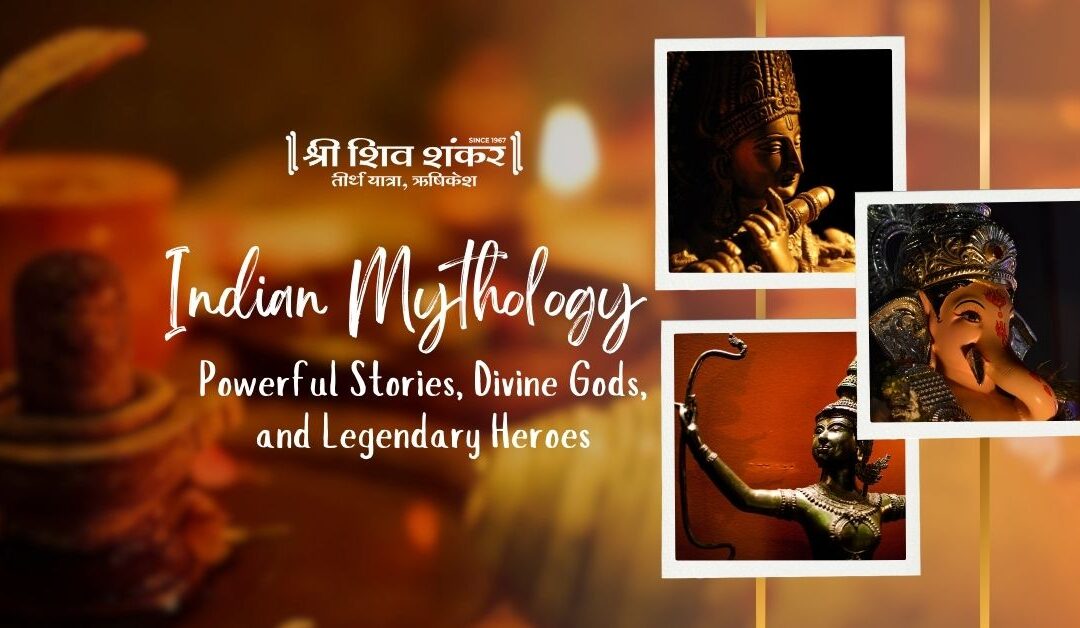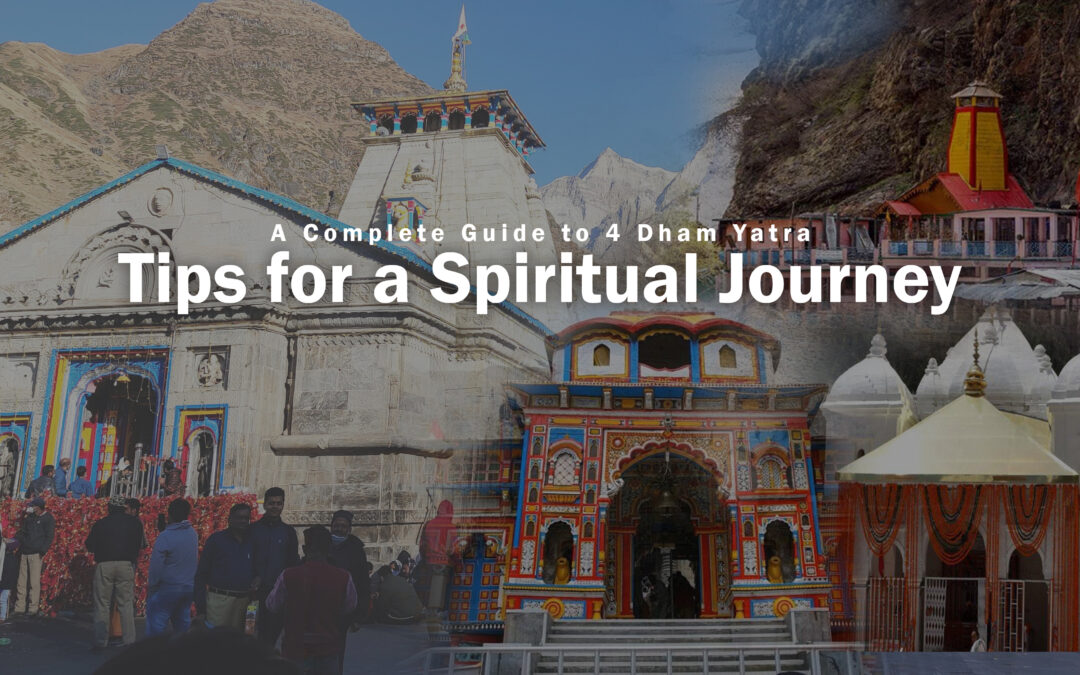Char Dham Yatra: An Ultimate Guide
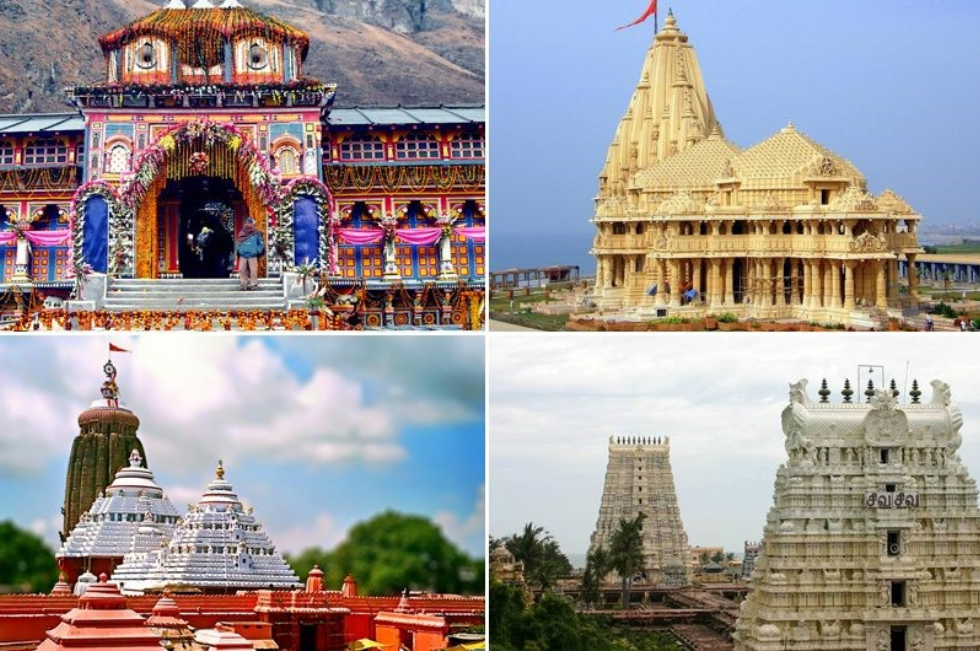
The Char Dham Yatra, also known as the Teerth Yatra, holds immense significance in Hindu mythology. It is believed that visiting this sacred pilgrimage helps people to attain Moksha (the ultimate liberation).
This sacred journey holds a special place in the hearts of devotees and takes you to four holy sites located in different parts of the country: Badrinath Dham in the North, Dwarkapuri Dham in the West, Jagannathpuri Dham in the East, and Rameshwaram Dham in the South.
The Char Dham Yatra holds deep spiritual importance and is considered a significant journey for followers of the Hindu religion. People from all over the country visit these places to seek blessings and find inner peace. It is a transformative experience that allows devotees to connect with their spiritual essence and receive divine grace.
To assist you in planning your tour, Shiv Shankar Tirth Yatra has composed a comprehensive guide to the Char Dham Yatra. This guide provides valuable insights into the significance of each holy place, the rituals, and the traditions associated with the yatra. So, whether you are a first-time traveler or a seasoned pilgrim, this guide will assist you in navigating the spiritual path.
Why is Char Dham Yatra Important?
The Char Dham Yatra is a holy pilgrimage that holds deep meaning for Hindus. It is a journey of spiritual significance and an opportunity to seek divine blessings. This religious tour is believed to cleanse the soul, purify the mind, and ultimately lead to Moksha, the ultimate liberation from the cycle of birth and death.
The Char Dham Yatra is not just a physical journey but a profound spiritual experience. It is a way for individuals to express their devotion, seek blessings, and deepen their connection with the divine.
Each of the four holy places on the Char Dham Yatra holds its own significance and is associated with different gods. Badrinath Dham is dedicated to Lord Vishnu and is believed to offer spiritual enlightenment and liberation from sins. Dwarkapuri Dham, dedicated to Lord Krishna, represents the power of devotion and divine love. Jagannath Puri Dham signifies the unity of all humanity and is dedicated to Lord Jagannath. Rameshwaram Dham, dedicated to Lord Shiva, is a place of purification and release from worldly attachments.
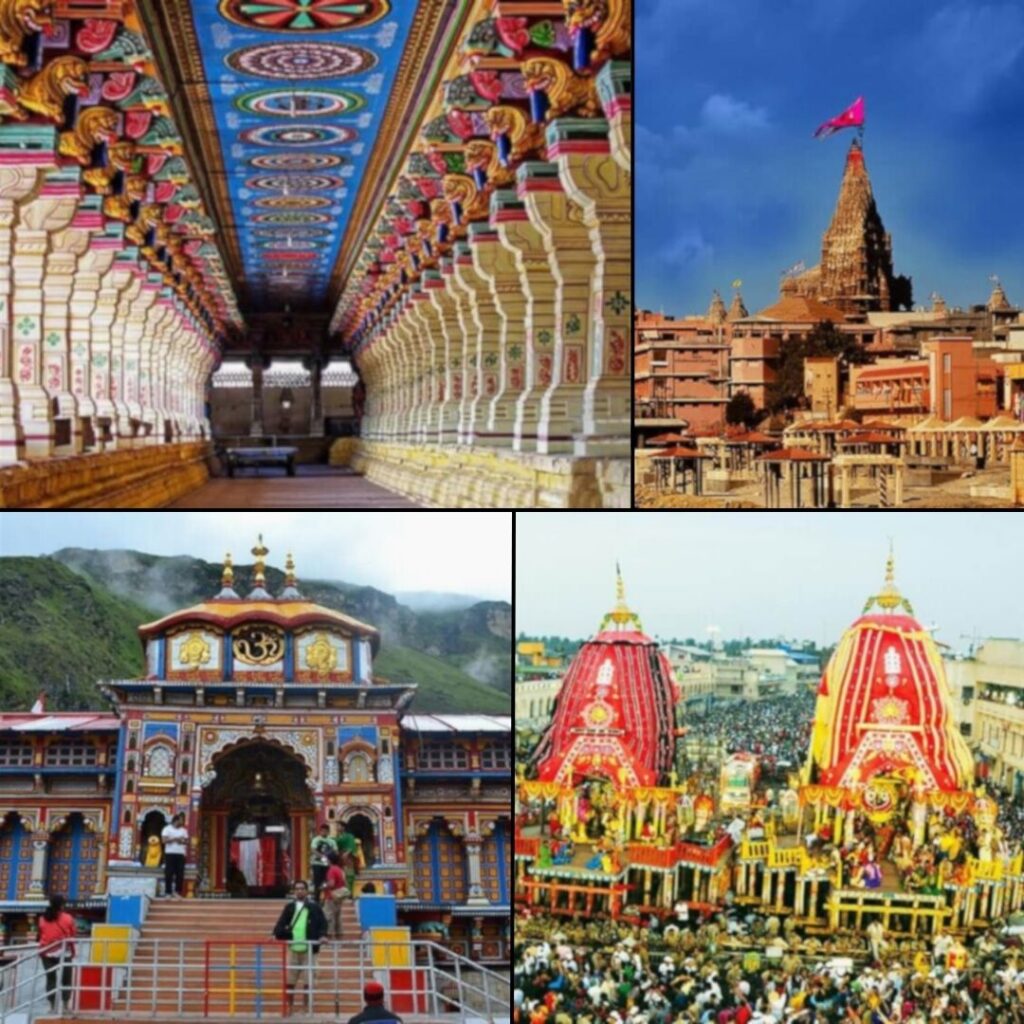
It simplifies detaching from the material world, purifying thoughts and actions, and welcoming divine grace. Through devotion, self-discovery, and surrender to the divine will, the Char Dham Yatra offers spiritual growth, the potential for attaining Moksha, and a deeper understanding of one’s spiritual path.
The Char Dhams And Their Significance
According to the teachings of the Indian Guru Adi Shankaracharya, the original Char Dham pilgrimage comprises three Vaishnavite (dedicated to Lord Vishnu) and one Shaivite (dedicated to Lord Shiva) holy sites: Badrinath, Dwarkapuri, Jagannath Puri, and Rameshwaram.
1. Badrinath Dham
Badrinath is a holy site located in the breathtaking landscapes of Uttarakhand, India. It is a significant destination in the Char Dham Yatra. The Badrinath Temple is devoted to Lord Vishnu and is believed to be the holiest of the four places. It holds tremendous religious and mythological significance.
Among the Char Dham and Chota Char Dham pilgrimages, Badrinath is one of the most popular and is visited by countless devotees. The Badrinath Temple is situated between the Nar and Narayan mountain ranges, with the Neelkanth mountain adding more to its beauty.
The Badrinath Temple is at a height of 10,279 feet and is believed to have been established by the saint Adi Shankaracharya. Inside the temple, there is a magnificent black stone idol of Lord Vishnu, standing at 1 meter tall. This idol is considered one of the eight swayam vyakta kshetras, or self-manifested statues of Vishnu. The temple is also recognized as one of the 108 Divya Desams, sacred sites dedicated to Lord Vishnu in India.
Visiting the Badrinath Temple holds great significance as it is one of the sacred sites included in the Char Dham Yatra, a pilgrimage that holds immense spiritual importance in Hinduism. According to mythologies, it is believed that Lord Vishnu himself performed intense austerities at this sacred site in the distant past. You can find Vyas Gufa near the Badrinath shrine. It is the cave where sage Veda Vyasa is said to have written the Mahabharata and other ancient scriptures. A few kilometers away from the temple lies Mana village, which is considered the last village in India. Pilgrims can embark on a long trek from Mana village to reach the holy Satopanth Lake, adding to the divine experience.
2. Dwarka Dham
Dwarka Dham is situated on the western coast of Gujarat. It is considered the sacred place of Lord Krishna. According to Hindu mythology, Dwarka holds a significant place in the divine tales of Lord Krishna’s life. It is believed to be one of the 108 Divya Desams, the holiest temples dedicated to Lord Vishnu.
When Lord Krishna left Mathura, he established his kingdom in Dwarka, which is a magnificent city that rose from the sea. Dwarka became the capital of Lord Krishna’s divine kingdom, where he ruled with wisdom and justice.
The story of Dwarka is intricately connected to various episodes from Lord Krishna’s life. It is also believed that Lord Krishna performed his divine Leelas (miracles), including his playful interactions with the Gopis (cowherd girls), his role in the Mahabharata as the charioteer of Arjuna, and his teachings of the Bhagavad Gita.
Pilgrims visit Dwarkapuri Dham with devotion to seek the blessings of Lord Krishna. It is thought that by offering prayers and performing rituals at this holy site, one can attain spiritual upliftment and a profound connection with the divine.
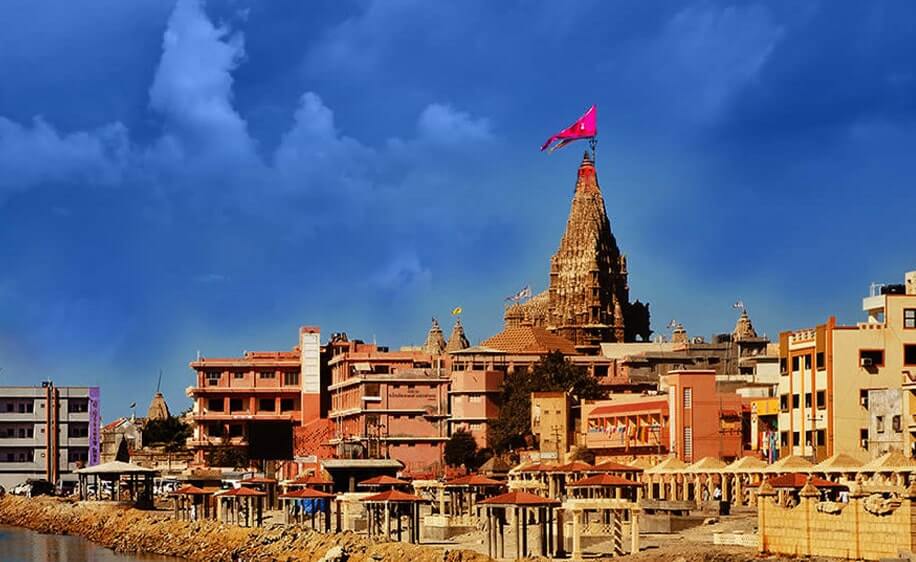
3. Jagannath Puri Dham
The Jagannath Temple in Puri holds immense importance for devotees and is a prominent spot in the Char Dham pilgrimage of India. It is believed that King Indradyumn built this sacred temple after Lord Vishnu appeared in his dreams and guided him to find Nila Madhava.
The Jagannath Temple is a unique shrine located in the town of Puri, Odisha, which is devoted to Lord Vishnu. It is part of the Char Dham, a group of four significant pilgrimage sites in India. People from far and wide visit Puri to catch a glimpse of this beautiful and spiritual temple and to seek blessings from Lord Jagannath, an avatar of Lord Vishnu.
According to Hindu mythology, the temple holds a profound story. It is believed that Lord Jagannath, along with his siblings Lord Balabhadra and Devi Subhadra, resides within the temple. The gods are worshiped with great devotion and are considered the divine presences that shower blessings, protection, and spiritual grace upon their devotees.
The annual Rath Yatra is a highlight of the Jagannath Temple, where the gods are taken out in grand processions on luxuriously decorated chariots. This festival attracts a multitude of devotees who gather to witness this sacred event and to participate in the celebrations, symbolizing the journey of Lord Jagannath, his siblings, and the divine bond they share with their devotees.
The significance of the Jagannath Temple lies in its spiritual charm and the opportunity it provides for devotees to connect with the divine. The temple is a source of comfort, guidance, and blessings for worshippers, creating a deeply enriching and sacred experience for those who visit.
4. Rameshwaram Dham
Rameshwaram Dham is situated on the Gulf of Mannar island between India and Sri Lanka, which is presently Tamil Nadu. It is a picturesque “Island City” known for its spiritual significance. It is a popular destination that attracts devotees and travelers from around the world. The Ramanathaswamy Temple, built in the 17th century, is a remarkable architectural marvel dedicated to Lord Shiva. It features one of the longest and largest pillared corridors globally and shelters twenty wells.
Rameshwaram, along with Dwarka, Jagannath, and Badrinath, completes the famous Char Dham Yatra in India. Lord Shiva is the presiding divinity of this temple, worshiped in the form of a Jyotirlinga. The Ramanathaswamy Temple is counted among the Dwadash Jyotirlinga, the twelve pillars of light. According to Hindu mythology, it is believed that Lord Rama worshiped Lord Shiva here in Rameshwaram after defeating Ravana.
As one of the four pilgrimage places of India’s Char Dham, Rameshwaram attracts followers of Lord Shiva and Lord Rama. Devotees of both Vaishnavism and Shaivism visit this sacred site. The Jyotirlinga established in the Ramanathaswamy Temple holds immense significance, and it is considered auspicious to visit at least once in a lifetime. Rameshwaram’s connection with Lord Rama, an incarnation of Lord Vishnu, adds to its sanctity. The serene and spiritually charged atmosphere makes Rameshwaram a revered and cherished destination for devotees and seekers of divine blessings.
Conclusion
In conclusion, the Char Dham Yatra is an unparalleled spiritual journey that offers solace, enlightenment, and a chance to detach oneself from the hectic pace of everyday life. Through this sacred pilgrimage, one can embark on a transformative path of self-discovery, devotion, and surrender to the divine. All four holy places of Badrinath, Dwarkapuri, Jagannathpuri, and Rameshwaram hold significance and provide a unique opportunity to seek blessings, purify the mind and soul, and experience the divine presence.
For those inspired to embark on this divine journey, Shiv Shankar Teerth Yatra is here to guide you in organizing your Char Dham Yatra tour package. With various travel options, including bus, train, or flight yatras, we ensure a comfortable and hassle-free experience.
For more information and to book your Mathura tour,
You can contact Shiv Shankar Teerth Yatra at +91-9412050868 / +91-135-2436468
Or can mail your queries to shivstyc@gmail.com. Happy Journey!
Do you have any questions?
Feel free to give us a call. We have a team of experts ready to answer all your queries. Thank you.
Popular Posts
Popular Categories

